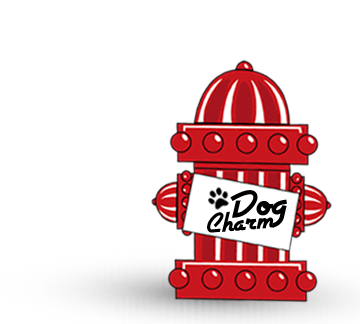When Firms In An Industry Reach An Agreement To Fix Prices
Bertrand Duopoly: The diagram shows the reaction function of a company competing for price. If P2 (the price set by enterprise 2) is less than the marginal cost, enterprise 1 is valued at the marginal cost (P1=MC). If enterprise 2 is above MC but below the monopoly prices, enterprise 1 is just below enterprise 2. If enterprise 2 is higher than the monopoly price (PM), enterprise 1 price at the monopoly level (P1 = PM). The price of lysine doubled during the exercise of the cartel. Confronted with FBI recordings, Archer Daniels Midland pleaded guilty in 1996 and paid a $100 million fine. A number of senior executives, both at ADM and other companies, subsequently paid fines of up to $350,000 and were sentenced to 24 to 30 months in prison. Perhaps the best-known and most effective cartel in the world is OPEC, the Organization of the Petroleum Exporting Countries. In 1973, OPEC members reduced their oil production.
As middle Eastern crude oil was known to have few substitutes, OPEC members` profits soared. From 1973 to 1979, the price of oil rose by $70 a barrel, an unprecedented figure at the time. In the mid-1980s, however, OPEC began to weaken. The discovery of new oil fields in Alaska and Canada has led to new alternatives to Middle Eastern oil, leading to lower OPEC prices and profits. Around the same time, OPEC members also began cheating to try to increase individual profits. An oligopoly is a situation in which a few companies sell most or all of the goods in a market. Oligopolists earn their highest profits when they can unite as a cartel and act as a monopolist by reducing production and raising price. Since each member of the oligopoly can individually benefit from an expansion of production, such collusion often collapses – especially since explicit agreements are illegal. The accuracy of cournot or Bertrand`s model varies from one industry to another.
While capacity and performance can be easily changed, Bertrand is usually a better model for duopoly competition. When performance and capacity are difficult to adjust, Cournot is usually a better model. In such a scenario, there are a number of plausible reactions and outcomes. If Coca-Cola lowers its prices, Pepsi can do the same to ensure it doesn`t lose market share. In this situation, an overflow leads to a loss of lot. This means that both companies are likely to see their profit margins lower due to Coca-Cola`s initial price drop (betrayal of the status quo). On the other hand, Pepsi could maintain the price despite the deviation from Coca-Cola and sacrifice the market share to Coca-Cola, but maintain the established price. Prisoner dilemma scenarios are difficult strategic decisions because any deviation from established competitive practice can result in a decrease in profits and/or market share. Cournot`s model, where firms compete for production, and Bertrand`s model, where firms compete on price, describe the dynamics of the duopoly. Several factors deter collusion. First, pricing is illegal in the United States, and antitrust laws are in place to prevent collusion between companies.
Secondly, coordination between companies is difficult and the more companies are involved. Third, there is a threat of overflow. A company can agree to enter into agreements and then break the agreement, thus jeopardizing the profits of companies that still keep the agreement. Finally, a company can be deterred from collusion if it is not able to effectively punish companies that might break the agreement. An example of the pressure these firms can put on each other is the curved demand curve, in which competing oligopolisic firms commit to cutting prices, but not raising prices. .












Most Commented